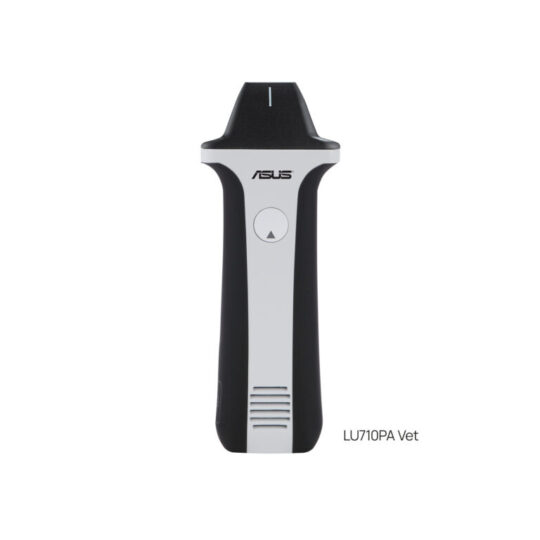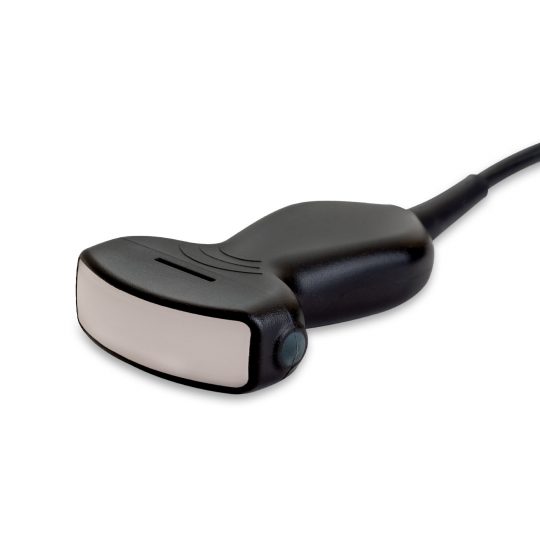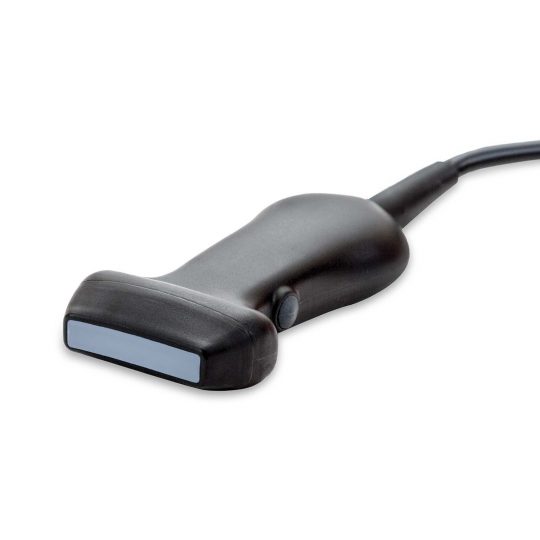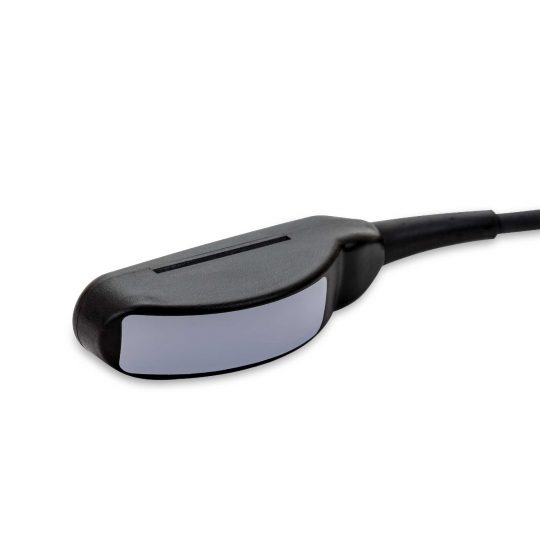Ultrasound probes for breeders
Every probe is different—and designed specifically to handle a certain task or a particular species. While ultrasound probes can look the same on the outside, it’s what’s inside that counts, knowing how many crystals are used in the construction of an ultrasound transducer is critical.
Investing in an electronic probe with a higher crystal count is essential for good quality images. The outdated technology that the mechanical sector probes offer results with poorer quality, making it challenging to interpret images. Mechanical probes use a single crystal, provide lower quality images, and vibrate when in use, which can be disturbing to some animals. An electronic probe using at least 80 crystals guarantees a much better-quality image, which makes interpreting easier and no vibrations.



















